
The United States Department of State ranks the island nation of Mauritius as a Tier 2 country in 2022 in terms of efforts to eradicate human trafficking. This rank, unchanged from 2021, means the “Government of Mauritius does not fully meet the minimum standards for the elimination of trafficking but is making significant efforts to do so.”
5 Facts About Human Trafficking in Mauritius
- Migration. Mauritius saw almost 30,000 migrants in 2019. The increase in migration and lack of regulation has affected human trafficking in Mauritius. Financial difficulties and rising unemployment rates mean many low-income migrants and their families are susceptible to trafficking and exploitation.
- COVID-19 Pandemic. According to Statistics Mauritius, “Relative to the first quarter of 2020, the number of employed declined by almost 129,400 units” and 18% of households reported a loss of more than half their income. Moreso, the overall unemployment rate rose to more than 10% by May 2020 from around 7%. These economic factors put many low-income workers at greater risk of exploitation, particularly in terms of human trafficking.
- Children. Children are at significant risk of exploitation in Mauritius. In June 2022, the U.N. Special Rapporteur on the sale and sexual exploitation of children, Mama Fatima Singhateh, visited Mauritius to “promote strategies that prevent and combat the sale and sexual exploitation of children.” The 10-day-long visit aimed to tackle topics such as “the protection of children against sexual exploitation, child marriage, child trafficking for sexual exploitation, the exploitation of children living in the streets and the sale of children through illegal adoptions,” according to the website of the U.N. Human Rights Office of the High Commissioner. Singhateh also held the purpose of examining Mauritius’ progress in addressing the exploitation of children since the last country visit in 2011.
- Laws. The Mauritian government has ratified several International Labour Organization (ILO) conventions, such as ILO 29 Forced Labour convention on December 2, 1969, and the ILO 182 Worst forms of Child Labor on June 8, 2000. These conventions solidify Mauritius’s commitment to eradicating issues relating to human trafficking. In addition, laws such as the Combating of Trafficking in Persons Act of 2009, which criminalizes sex trafficking and labor trafficking, and the Children’s Act of 2020, which criminalizes child sex trafficking, show the government’s attempt to combat this issue on a legislative level.
- Challenges. An obstacle for the government is that traffickers utilize multiple methods to exploit their victims. Family members or domestic partners are often complicit in the exploitation of girls for sex trafficking. Traffickers also work with Russian and Kazakh criminal networks to exploit and move women into Mauritius from places such as Belarus and Ukraine. Additionally, more than 35,000 workers in the manufacturing and construction sector, hailing mainly from Bangladesh, India, Sri Lanka, Madagascar and Nepal, are most at risk of forced labor.
Looking Ahead
Regardless of the challenges, according to the U.S. Department of State, the Mauritian government showed positive efforts against trafficking. These include increased services for identified child trafficking victims, working alongside a global organization to “renovate a shelter and repatriate foreign victims identified in previous years,” educating migrant workers on how to identify situations of trafficking and “reconvening the Inter-Ministerial Committee on Trafficking in Persons (IMCTIP) after it was inactive for two years,” the U.S. Department of State website says.
Though human trafficking is an issue of concern in Mauritius, the government is implementing strong measures to ensure the nation’s most vulnerable citizens are protected from trafficking and exploitation.
– Saad Haque
Photo: Flickr

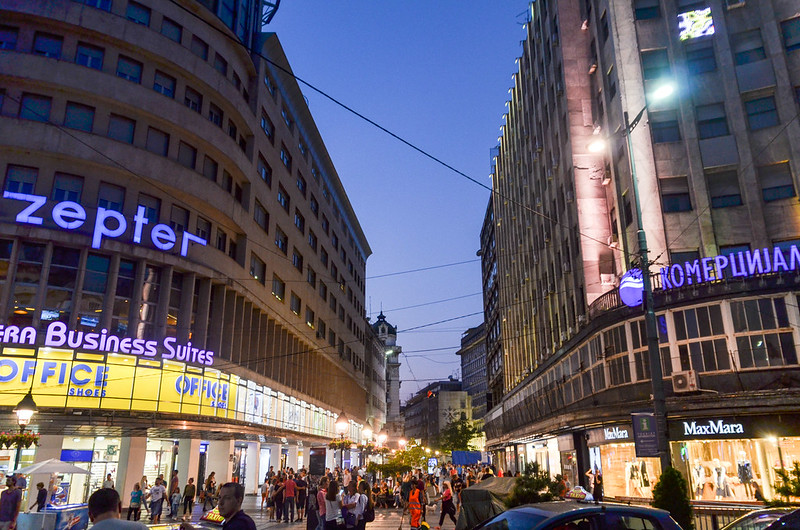
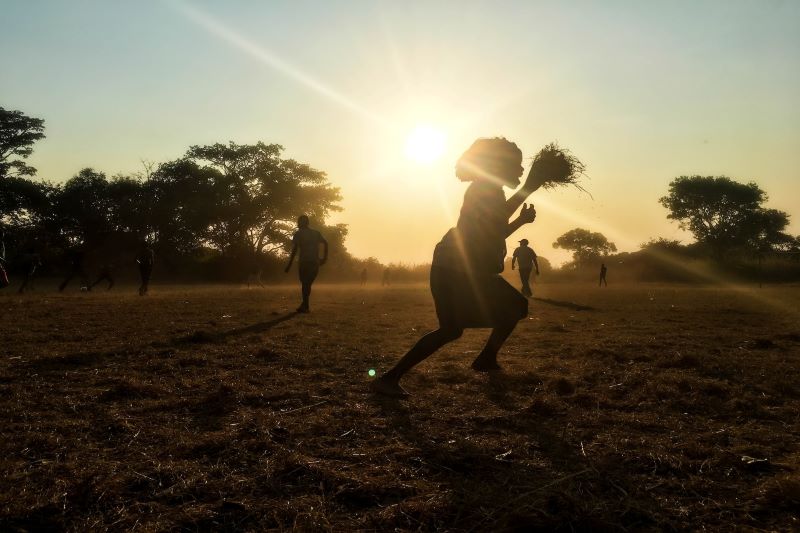
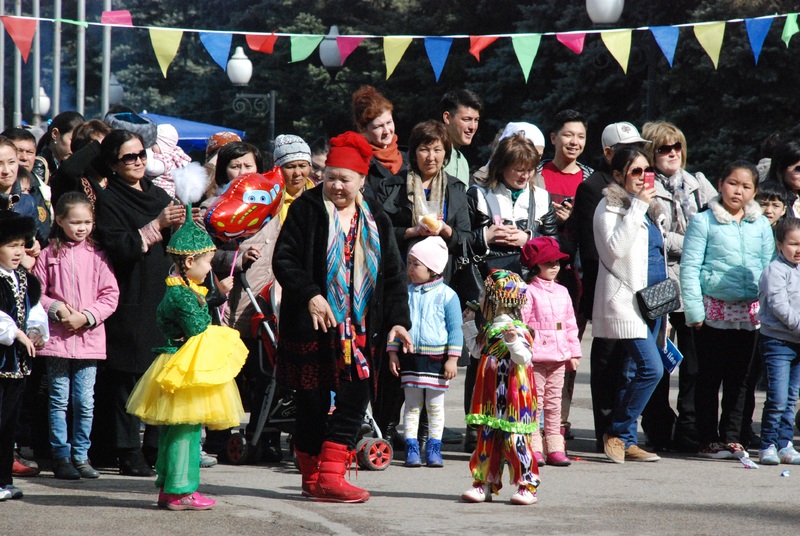
 Wedged between Togo and Nigeria, Benin is a West African nation home to over
Wedged between Togo and Nigeria, Benin is a West African nation home to over 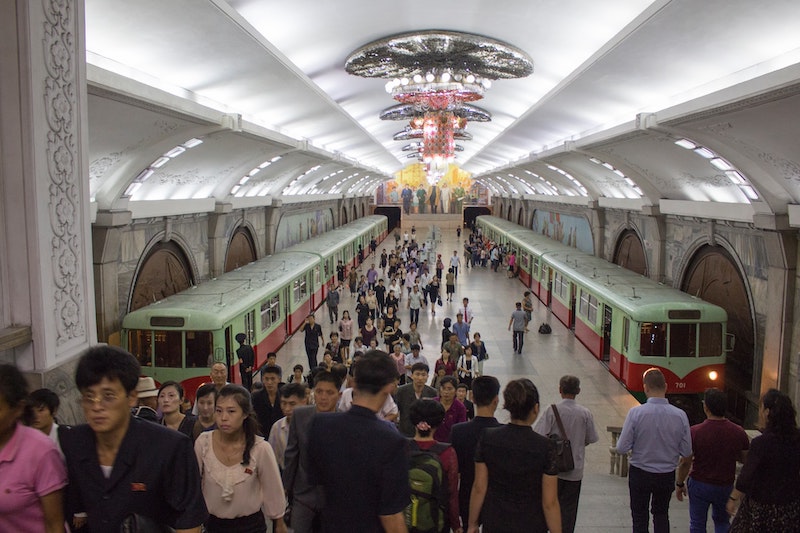
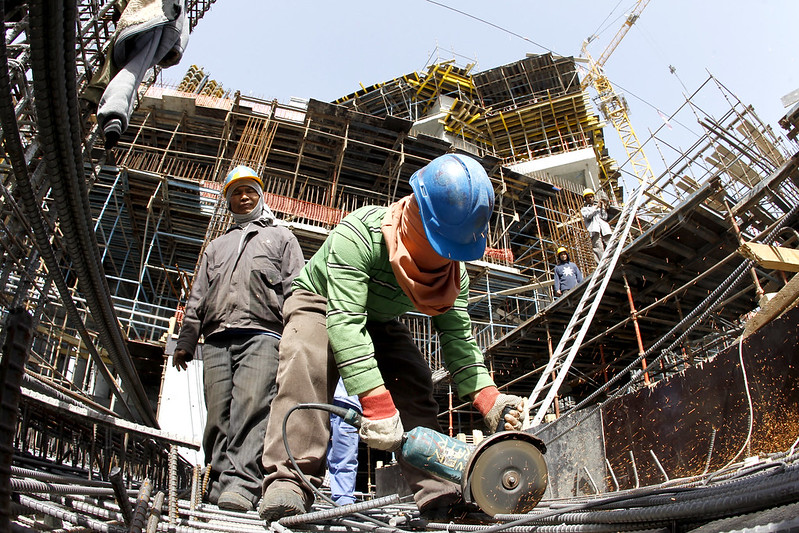 This year, from November 20 to December 18,
This year, from November 20 to December 18,  According to the United Nations Office on Drugs and Crime (UNODC), human trafficking is the “third most lucrative business for organized crime,” and the 2021 Global Organized Crime Index has shown that Central America has become a hub for the world’s “most profitable criminal economies.” However, Panama is one of the countries in the region working towards fighting human trafficking, In 2019, there were
According to the United Nations Office on Drugs and Crime (UNODC), human trafficking is the “third most lucrative business for organized crime,” and the 2021 Global Organized Crime Index has shown that Central America has become a hub for the world’s “most profitable criminal economies.” However, Panama is one of the countries in the region working towards fighting human trafficking, In 2019, there were 